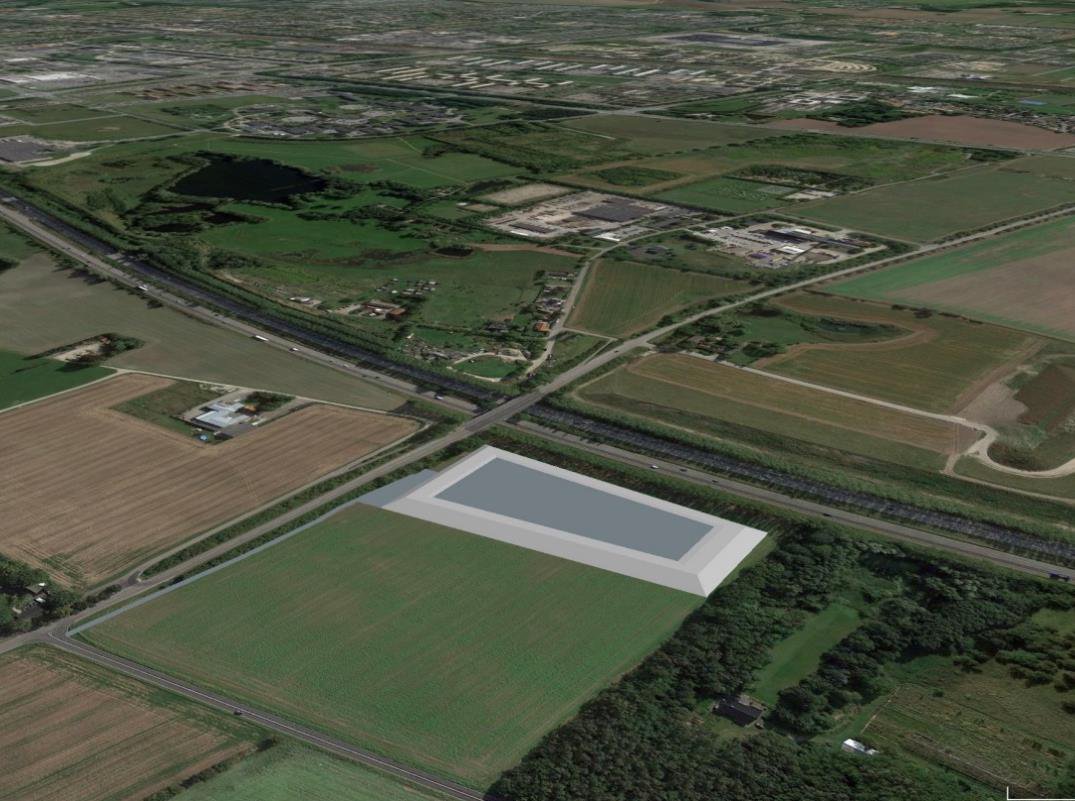The preliminary assessment of the flexibility at the pilot sites comes to conclusion
by TECNALIA
The preliminary assessment of the potential available flexibility in pilot sites of the ELEXIA project is about to conclude.
To this aim, pilot leaders are following the previously developed approach (The preliminary assessment methodology has been designed — ELEXIA (elexia-project.eu) consisting of three main steps:
Detailed identification and characterization of the manageable resources available at the pilot sites in terms of flexibility (technical parameters and usage characteristics, measurements about power consumption and generation, IT technologies available, etc.),
Qualitative evaluation of the individual flexibility potential of the energy resources, and
Qualitative evaluation of the aggregated flexibility potential at UC level.
For this purpose, the flexibilities of all involved energy resources in each UC are aggregated to check if the overall available flexibility fulfills with the requirements for the implementation of the considered UC.
The analysis is performed for the three pilot sites included within the ELEXIA project (Norway, Denmark and Portugal), which highly differ on the nature of the flexibility resources installed (electrical/thermal resources, control capabilities …), and on the objectives of the Energy Management system (EMS) and system planning tools (SPT) to be tested through the different use cases.
Conclusions from this preliminary study of the flexibility are providing pilot leaders a clear insight about the characteristics of the potential available flexibility in each pilot site and the barriers that should be overcome to successfully demonstrate the use cases’ objectives.
These include, among others, technical barriers related to the identification of the assets that require installation or upgrades on their monitoring and control systems, development of forecasting tools for weather or electricity prices information; or economic barriers such as the definition of suitable dynamic tariffs to incentivize the provision of flexibility by end-users.
The outputs of this study will be used as a basis for the definition of the functional architecture of the Energy Management System (EMS) and System Planning (SPT) toolbox that will be developed within the project. As a first step to achieve this objective, tool developers within the ELEXIA project have started the specification of the functional modules of their individual tools.
All this information will be afterwards integrated, together with the final conclusions from the preliminary assessment of the flexibility, to define the functional architecture that a generic EMS and SPT tool should comprise to allow the implementation of the defined use cases at the pilot sites.



